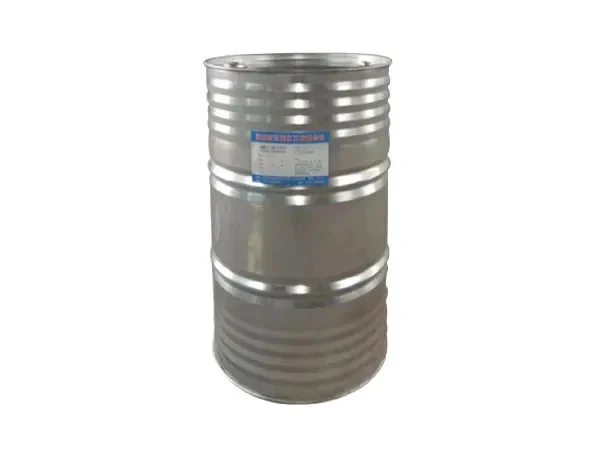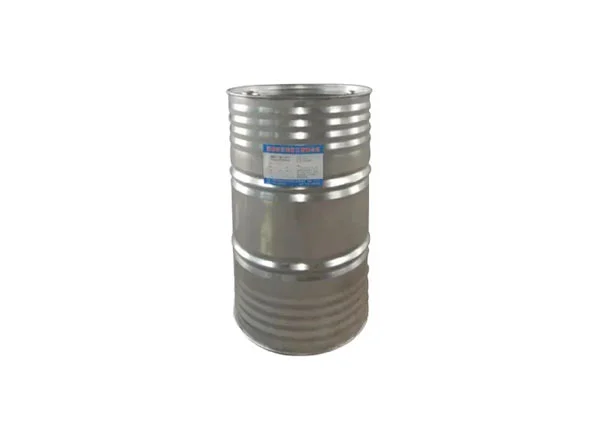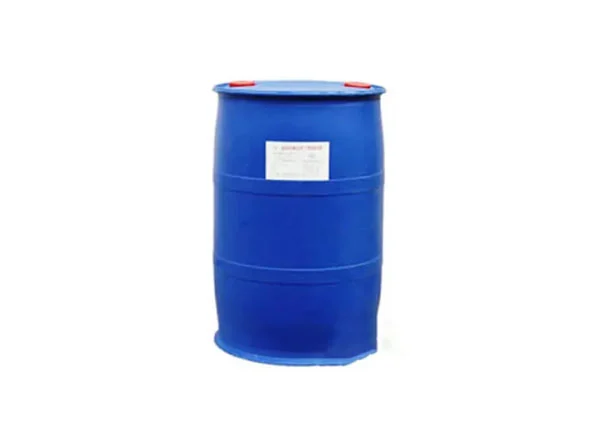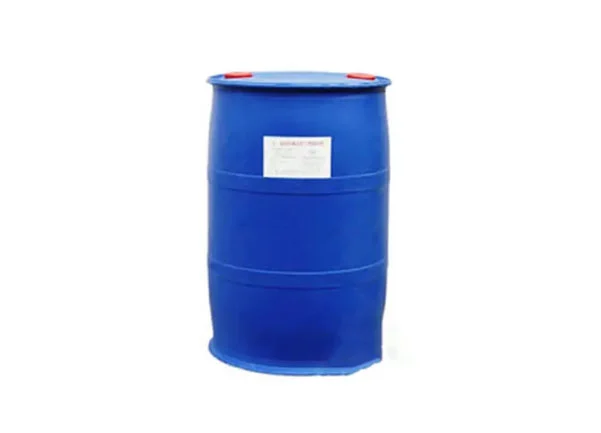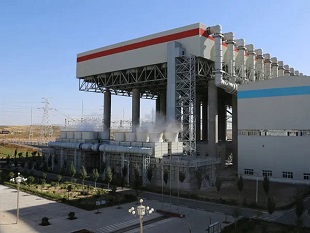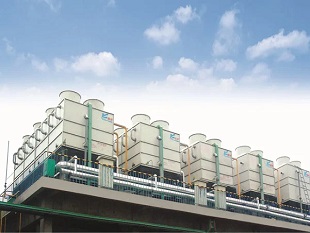Is Tributyl Phosphate (TBP) Toxic?
Tributyl Phosphate (TBP) can be toxic if ingested, inhaled, or absorbed through the skin in large amounts. It may cause irritation to the skin, eyes, and respiratory tract. Prolonged or repeated exposure to TBP can have harmful effects on the liver, kidneys, and central nervous system. It is important to follow appropriate safety precautions and guidelines when handling TBP.
What Are the Environmental Concerns Associated with Tributyl Phosphate(TBP)?
Tributyl Phosphate (TBP) is not readily biodegradable and can persist in the environment. If released into water bodies, it may have adverse effects on aquatic organisms. Proper handling, storage, and disposal procedures should be followed to minimize the environmental impact of TBP.


